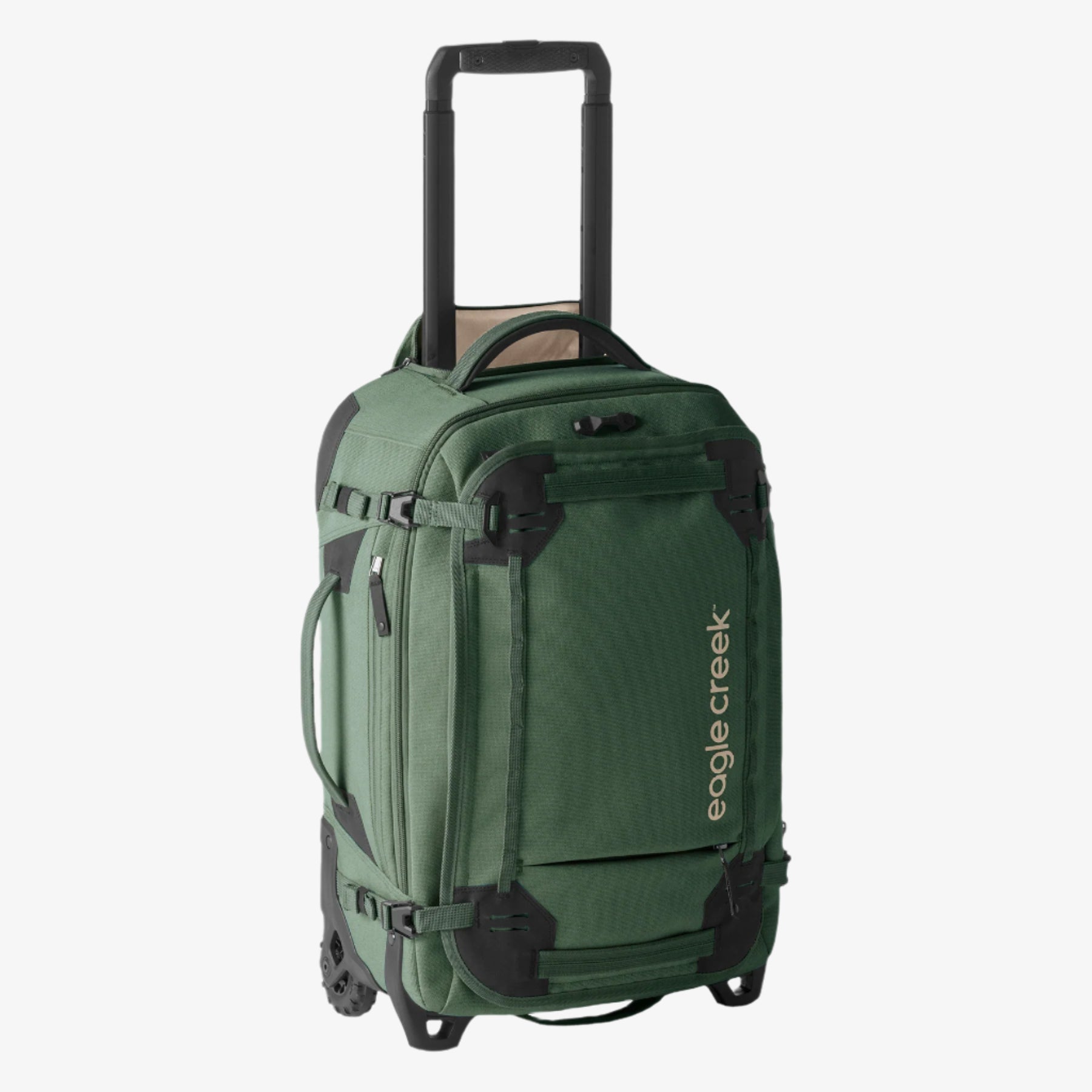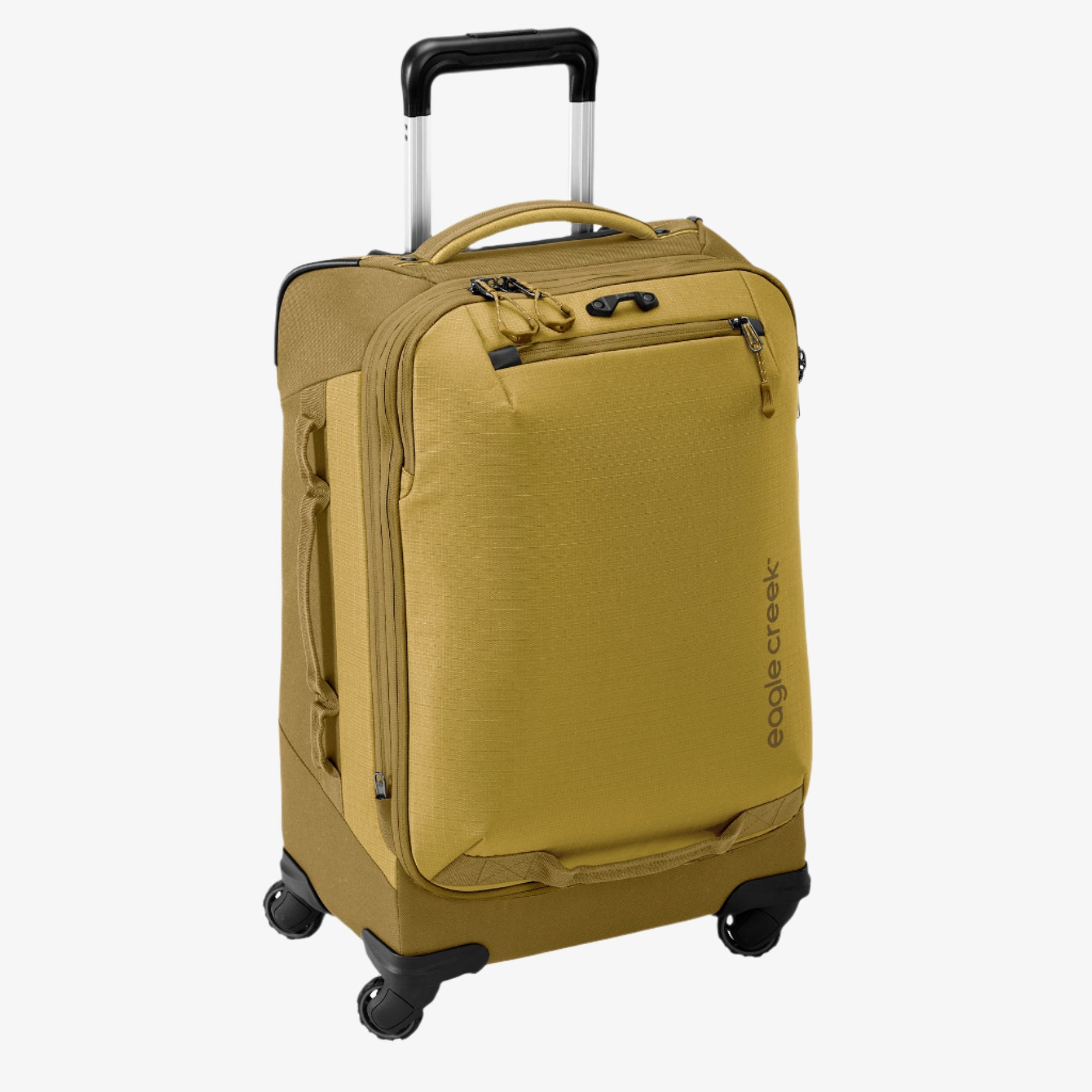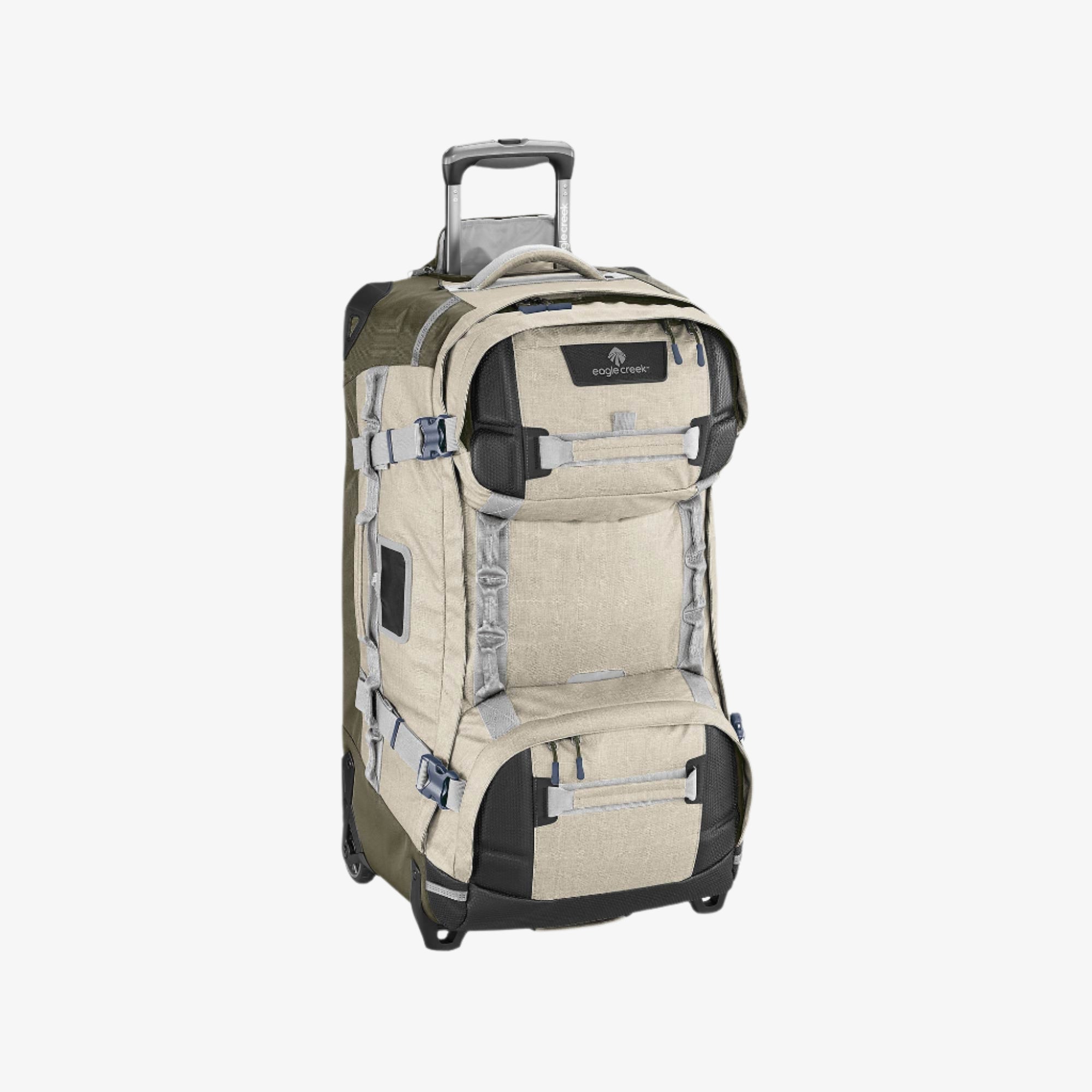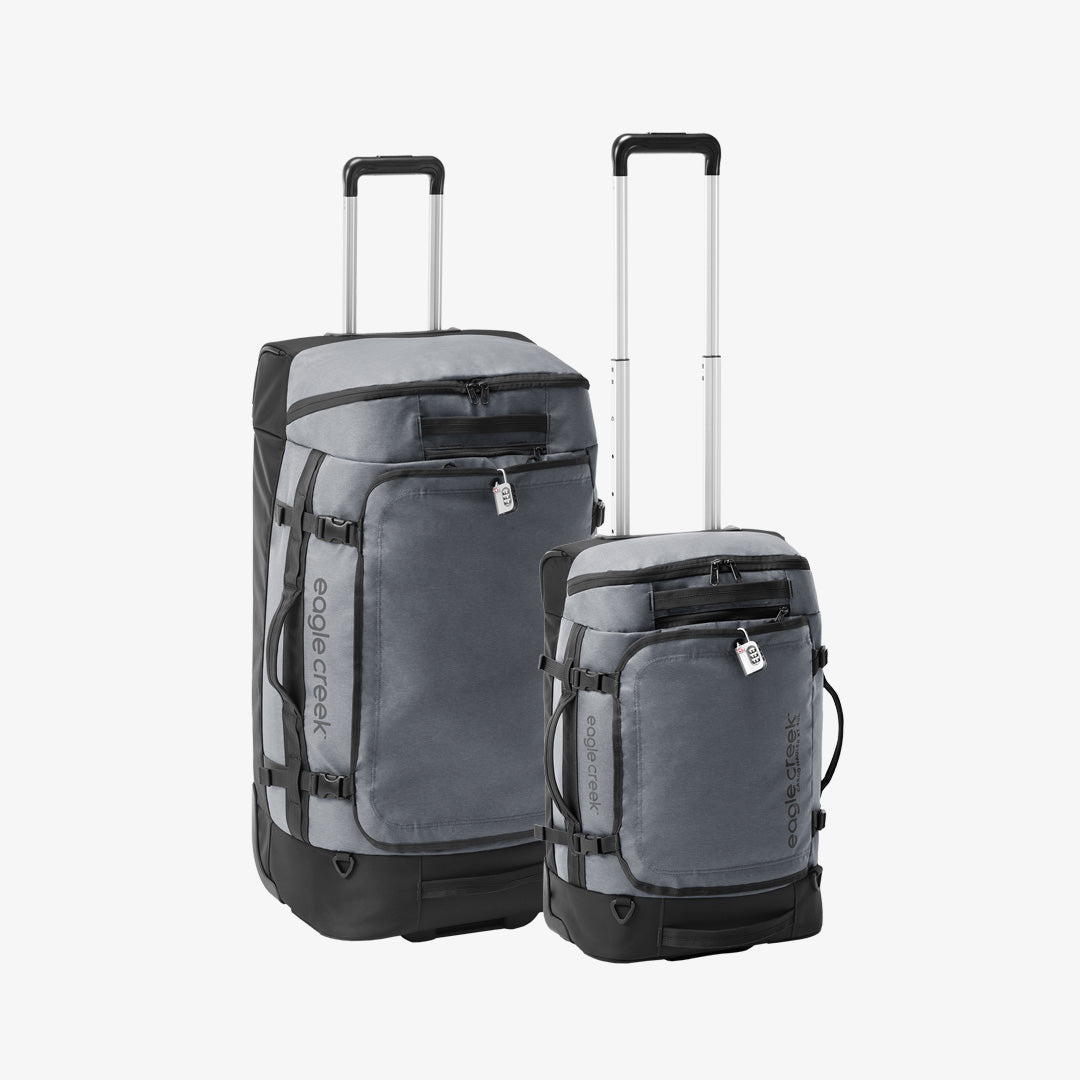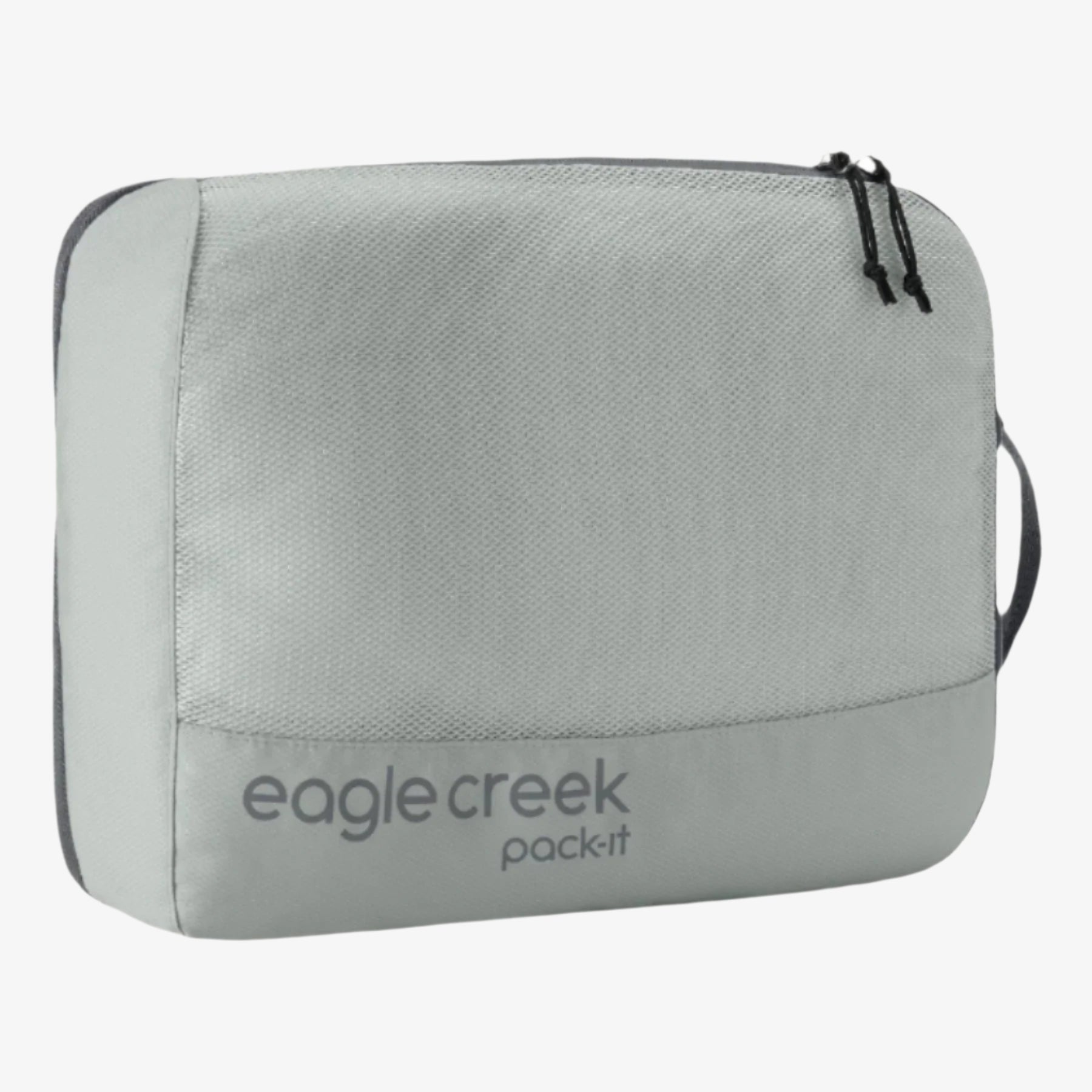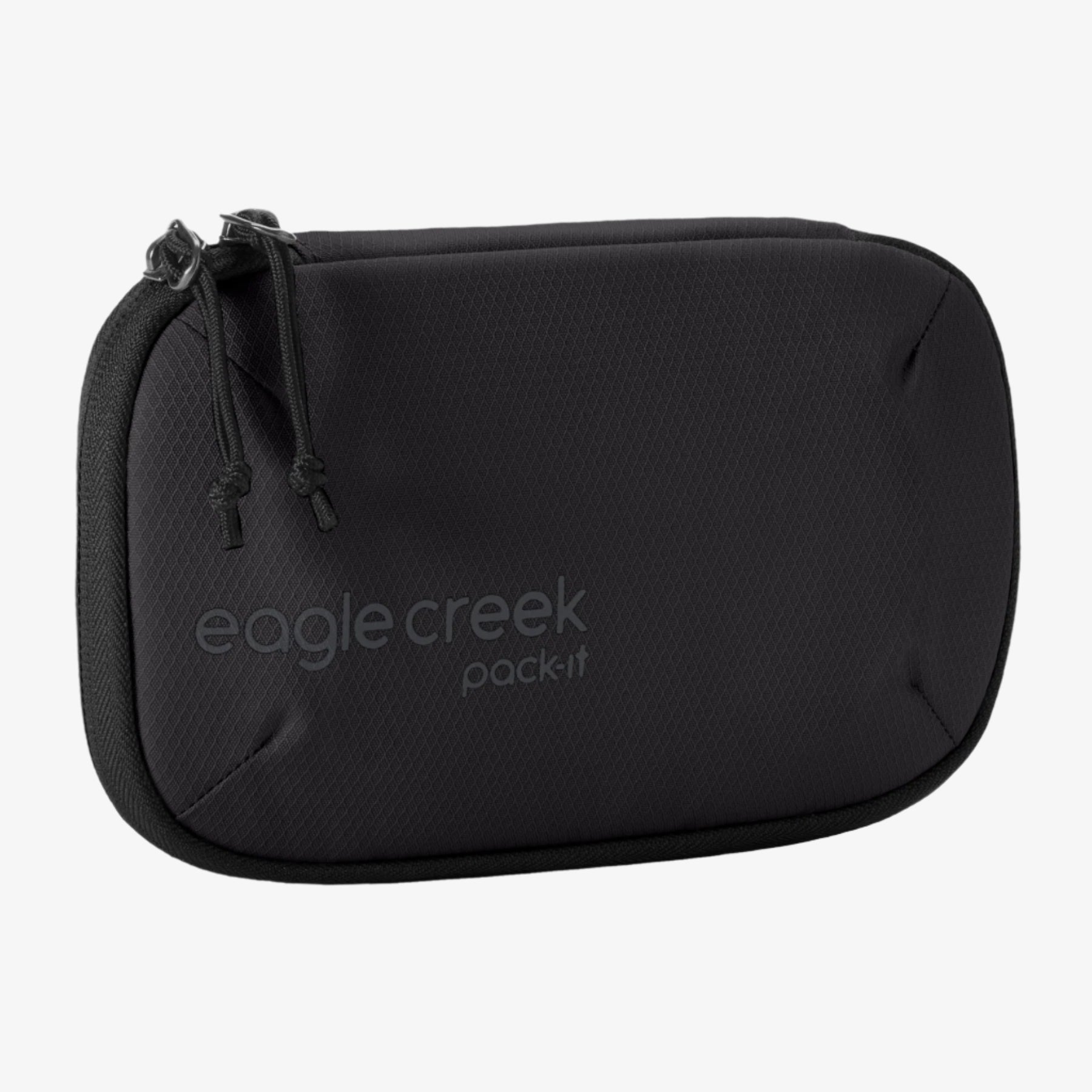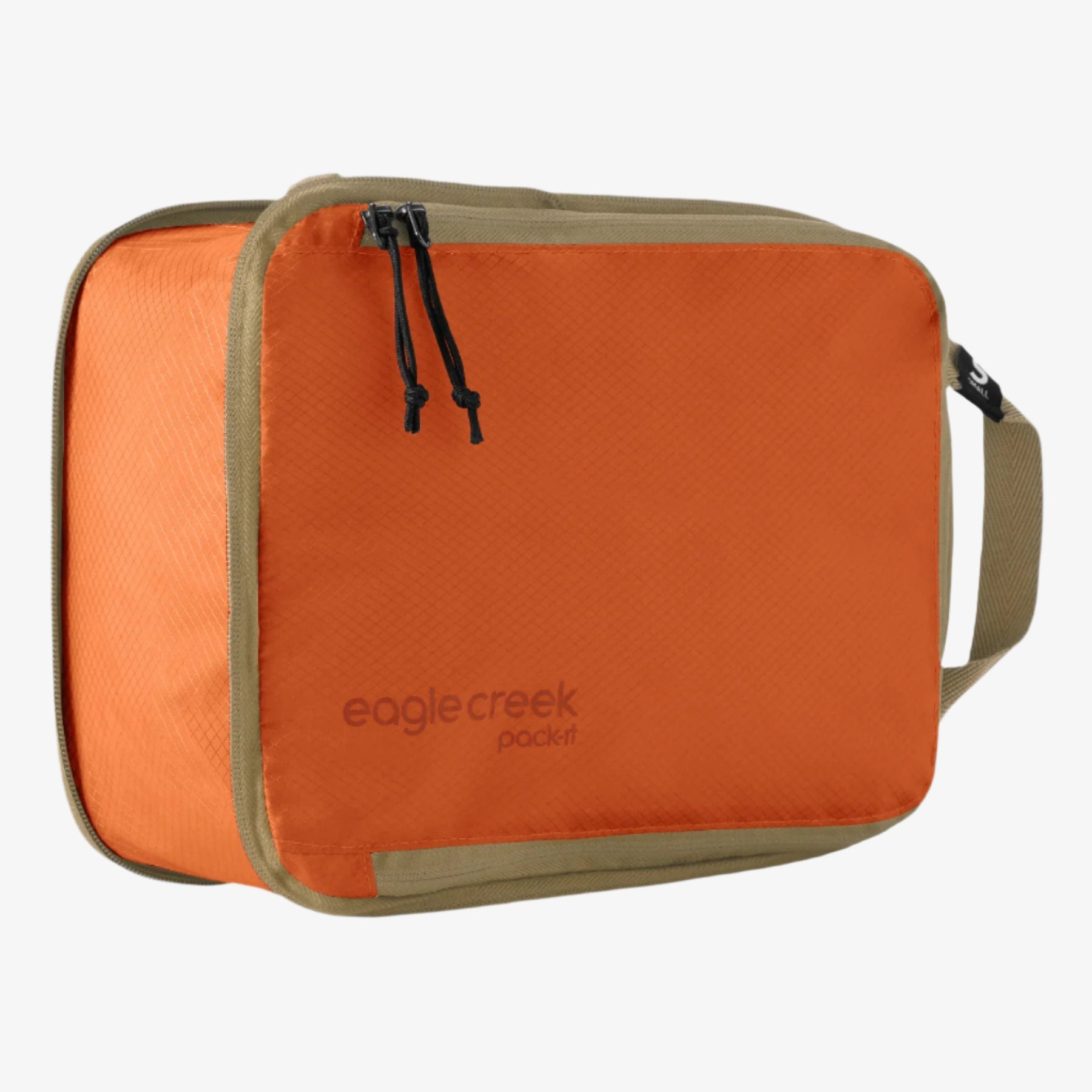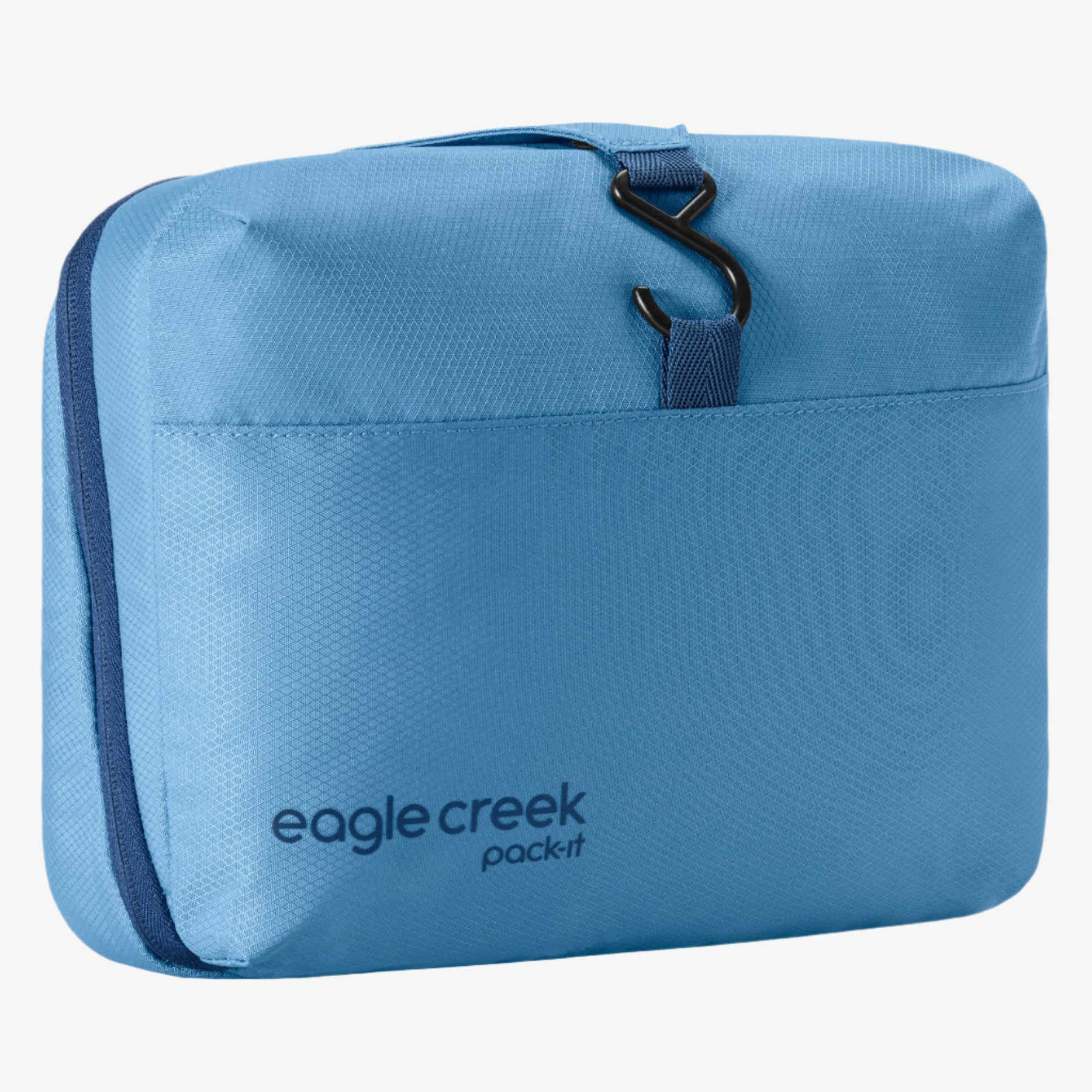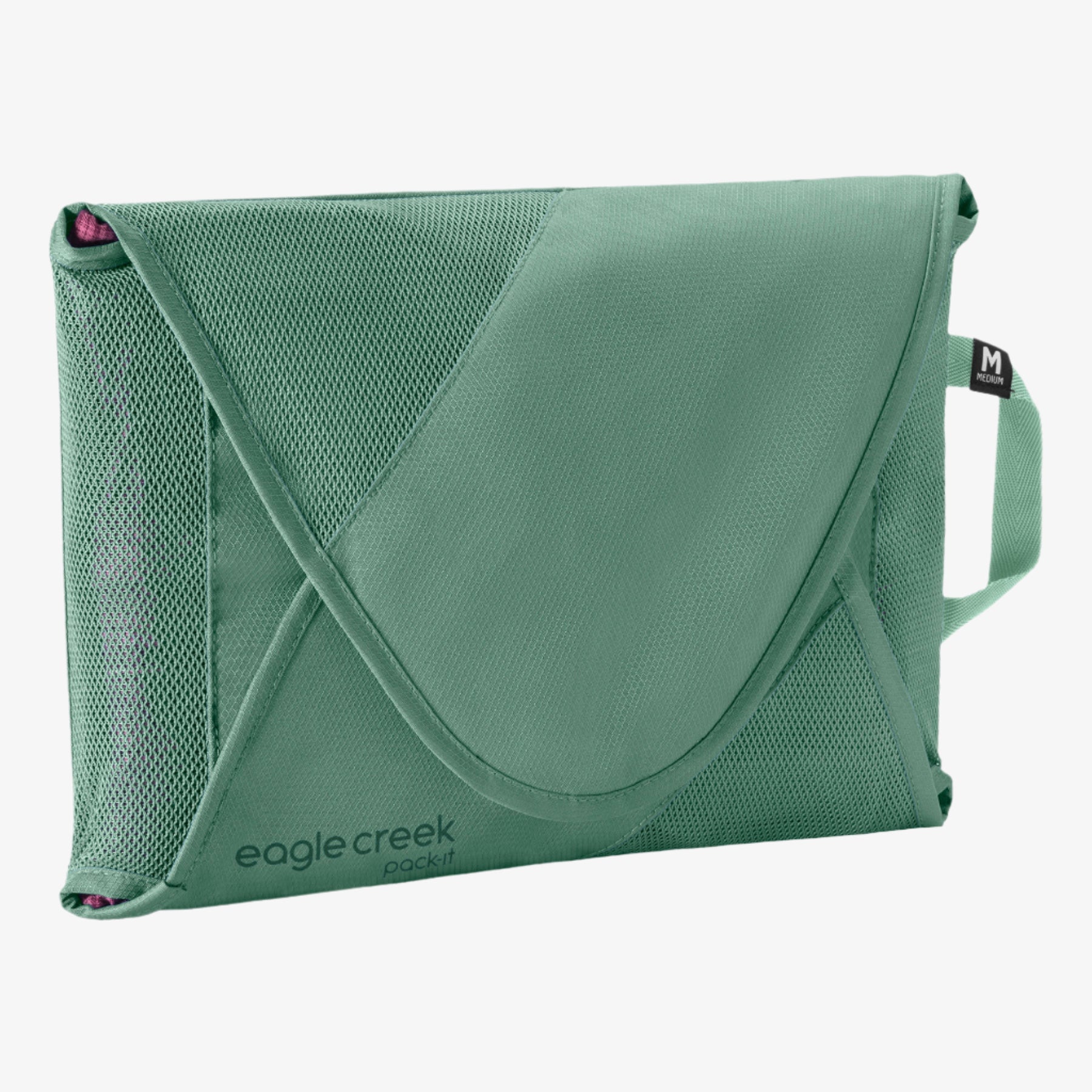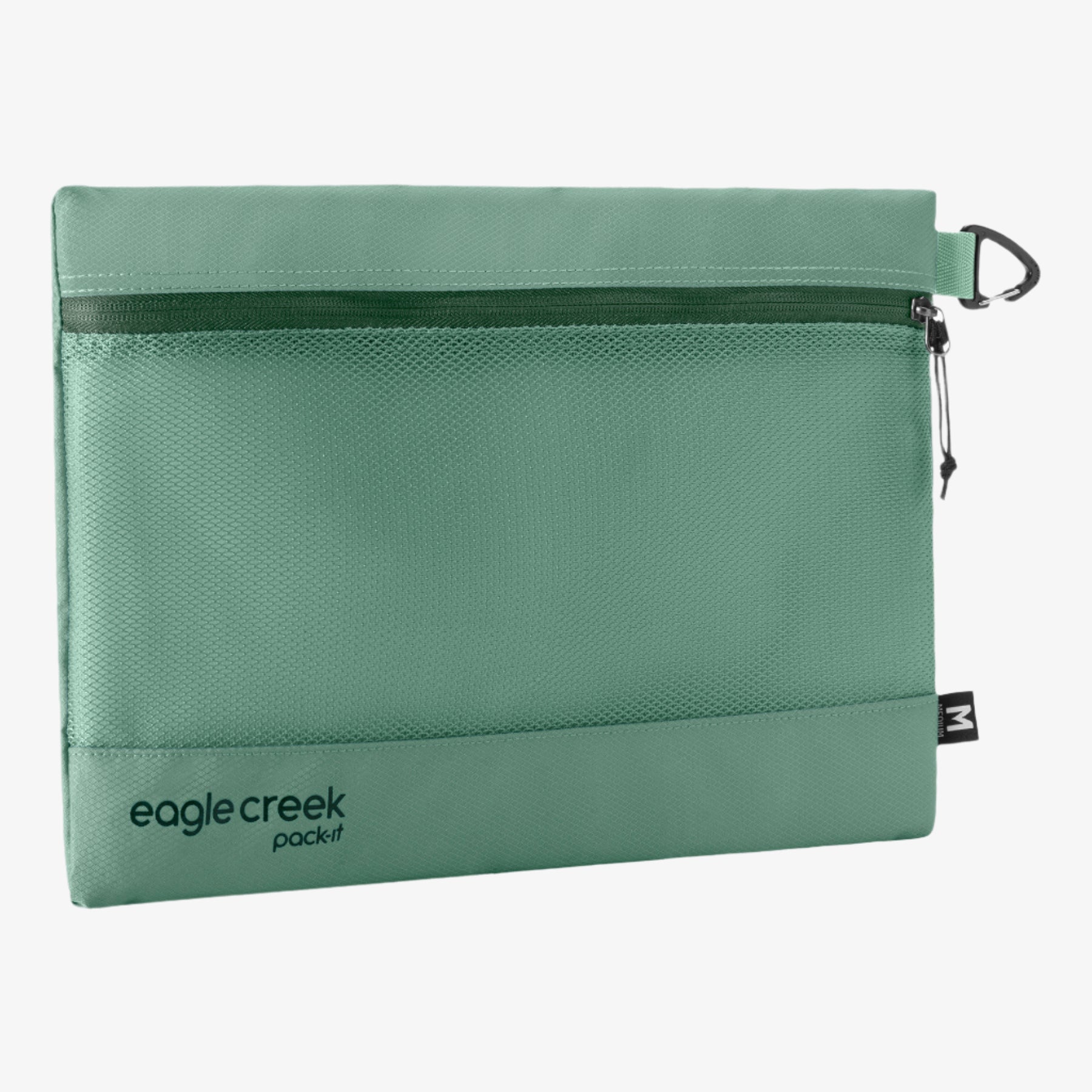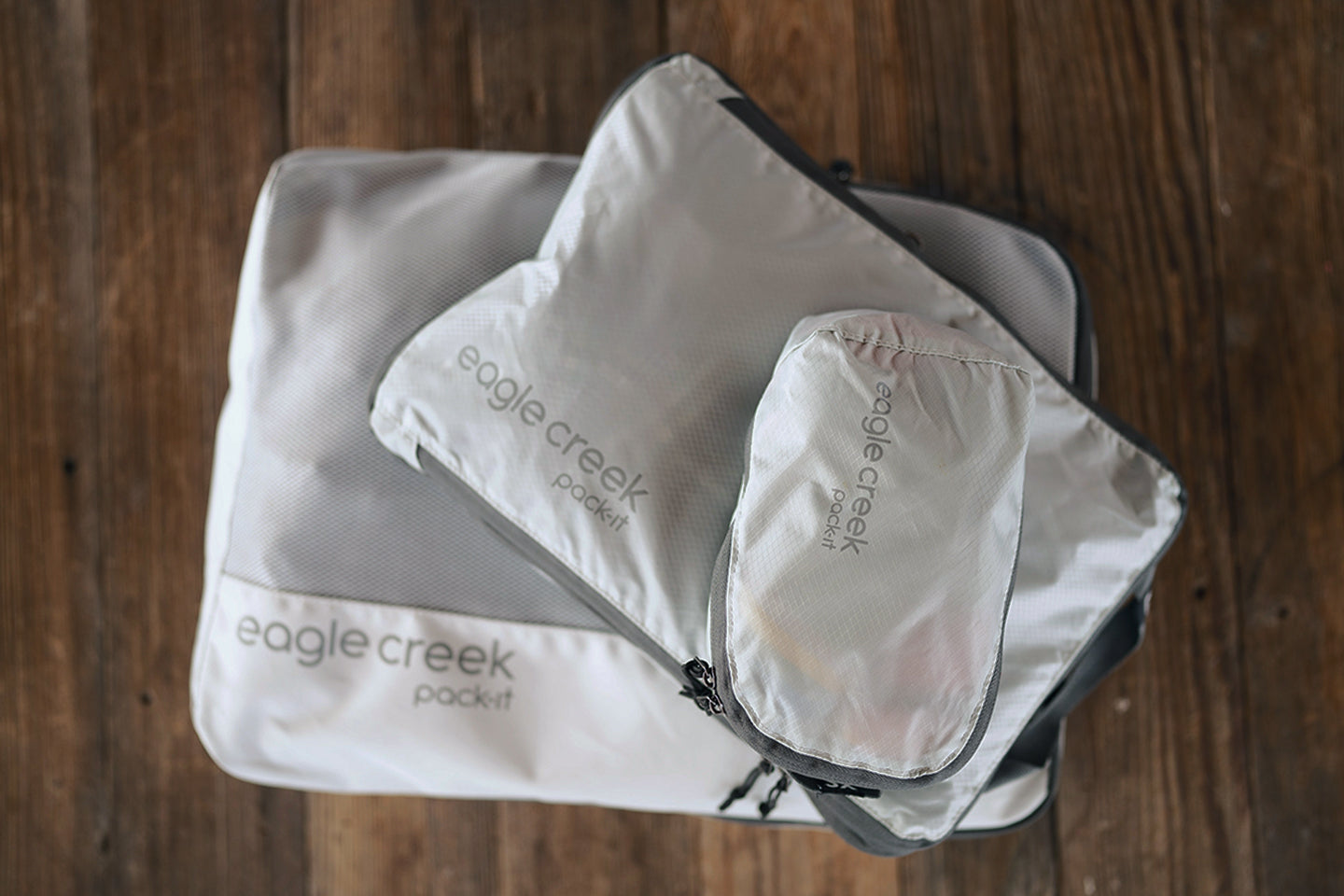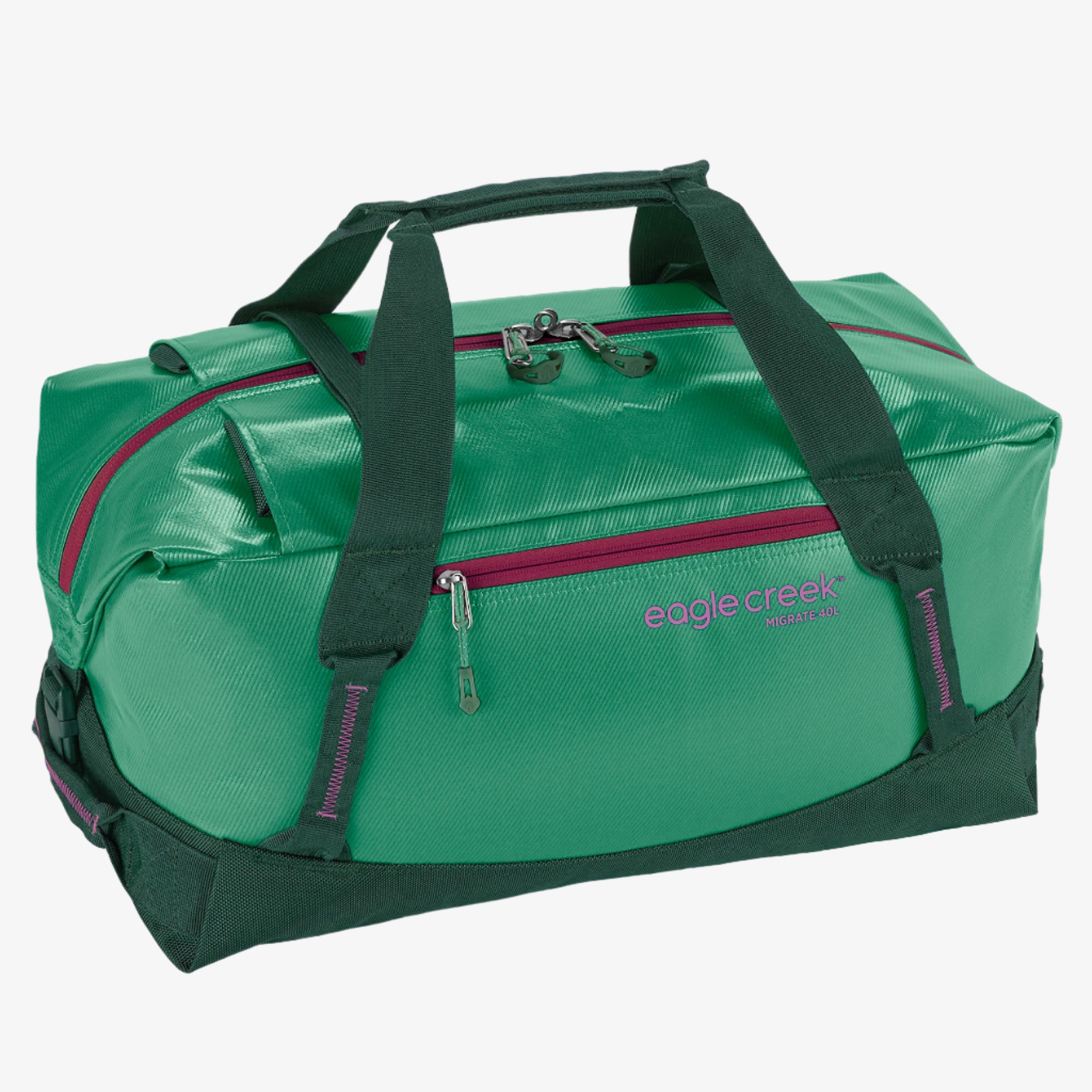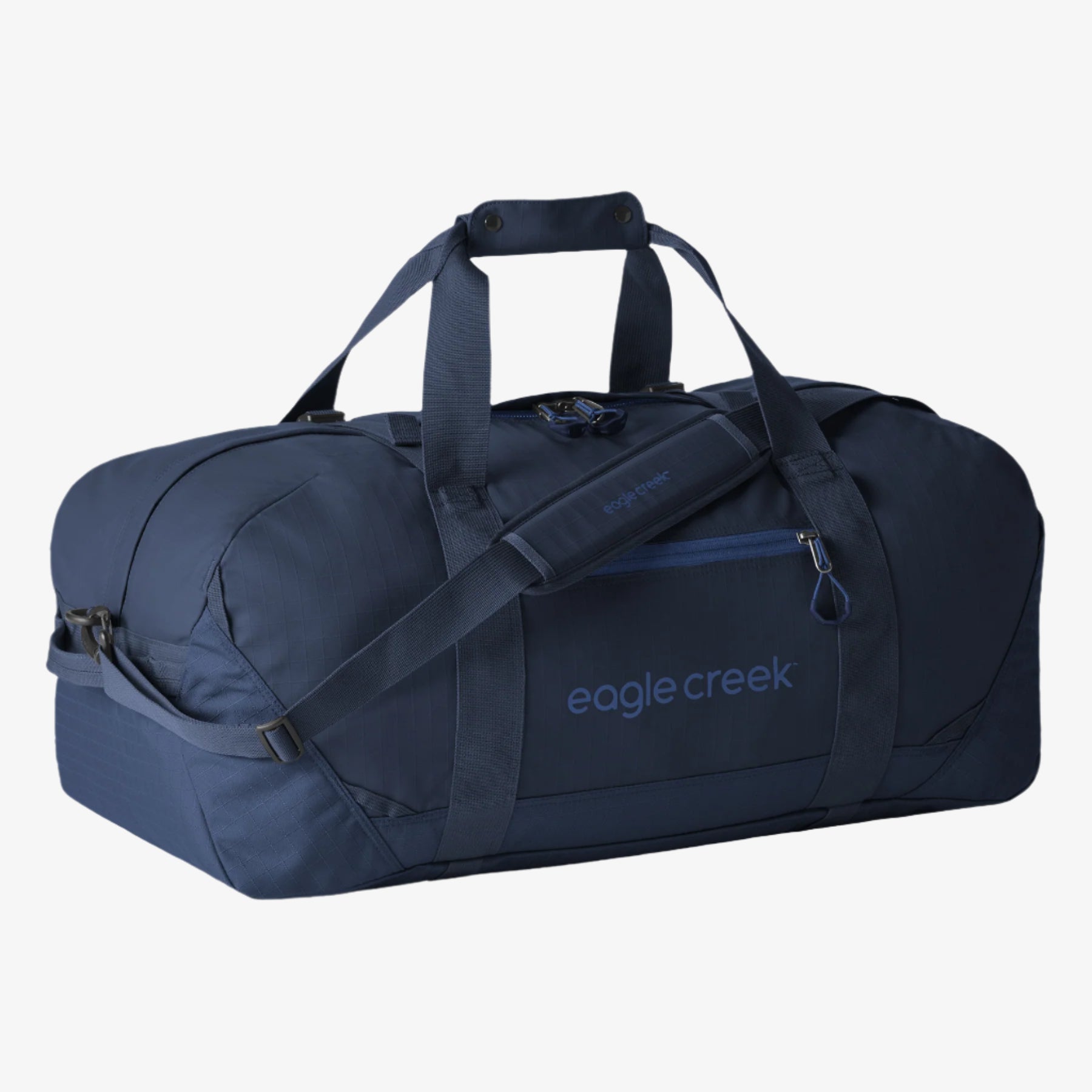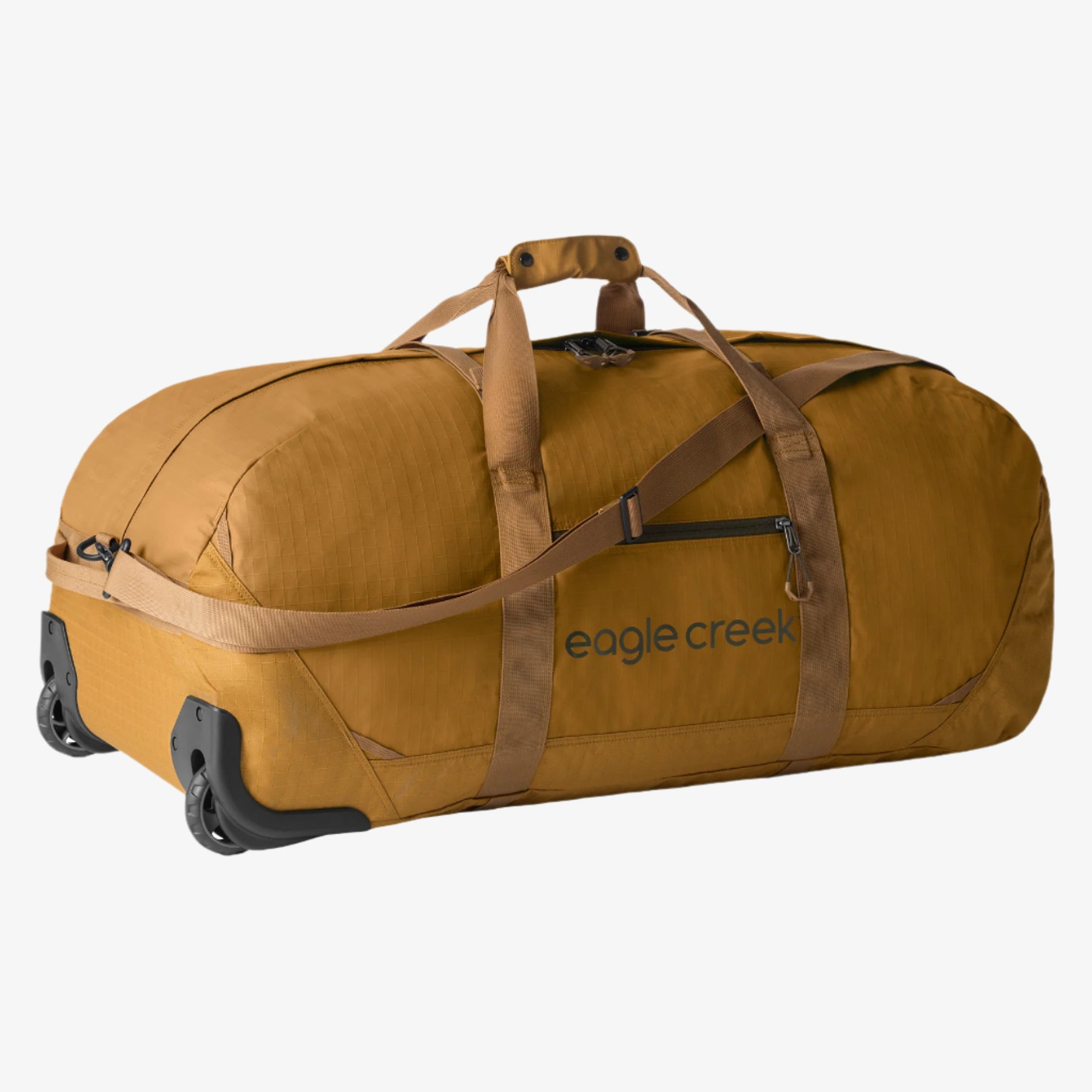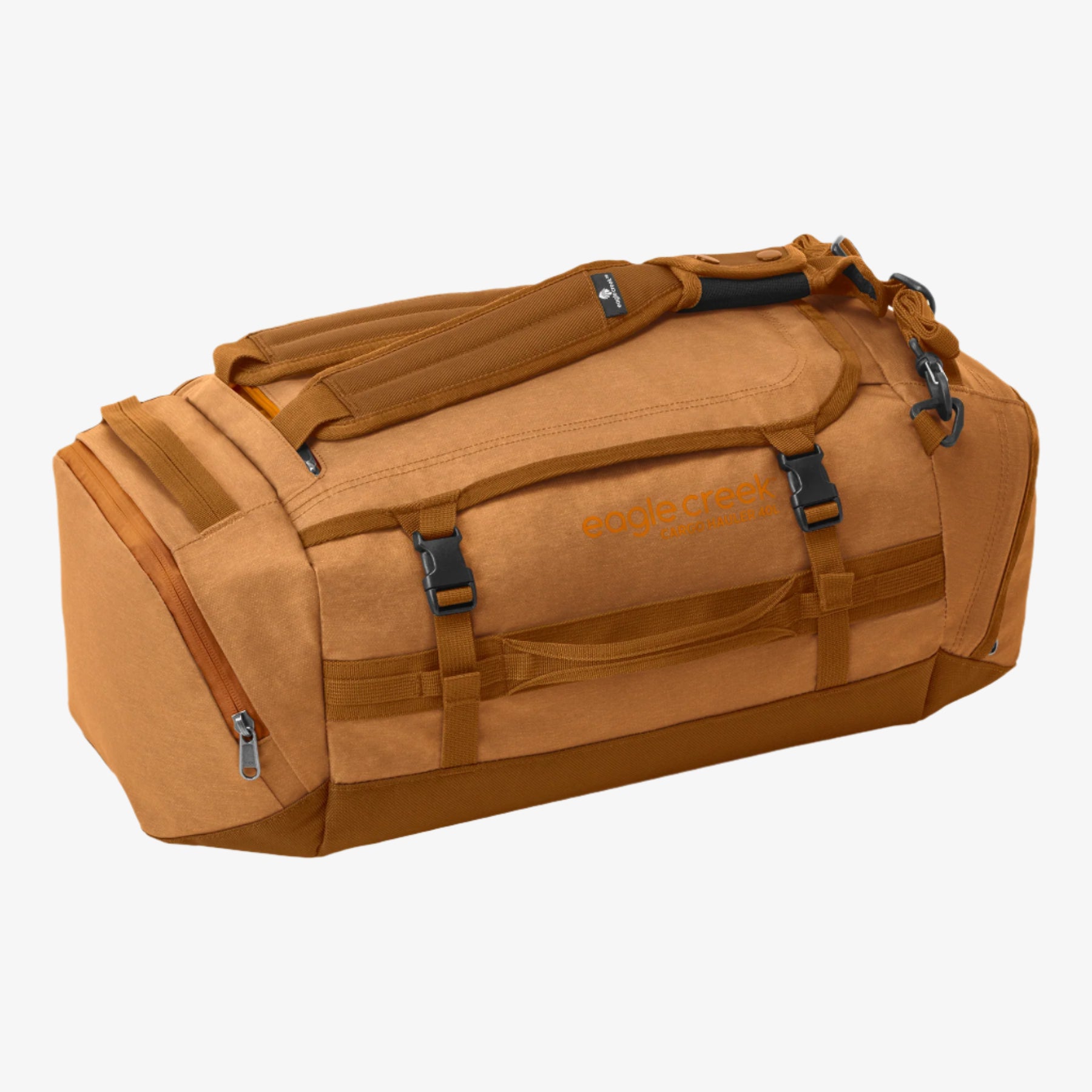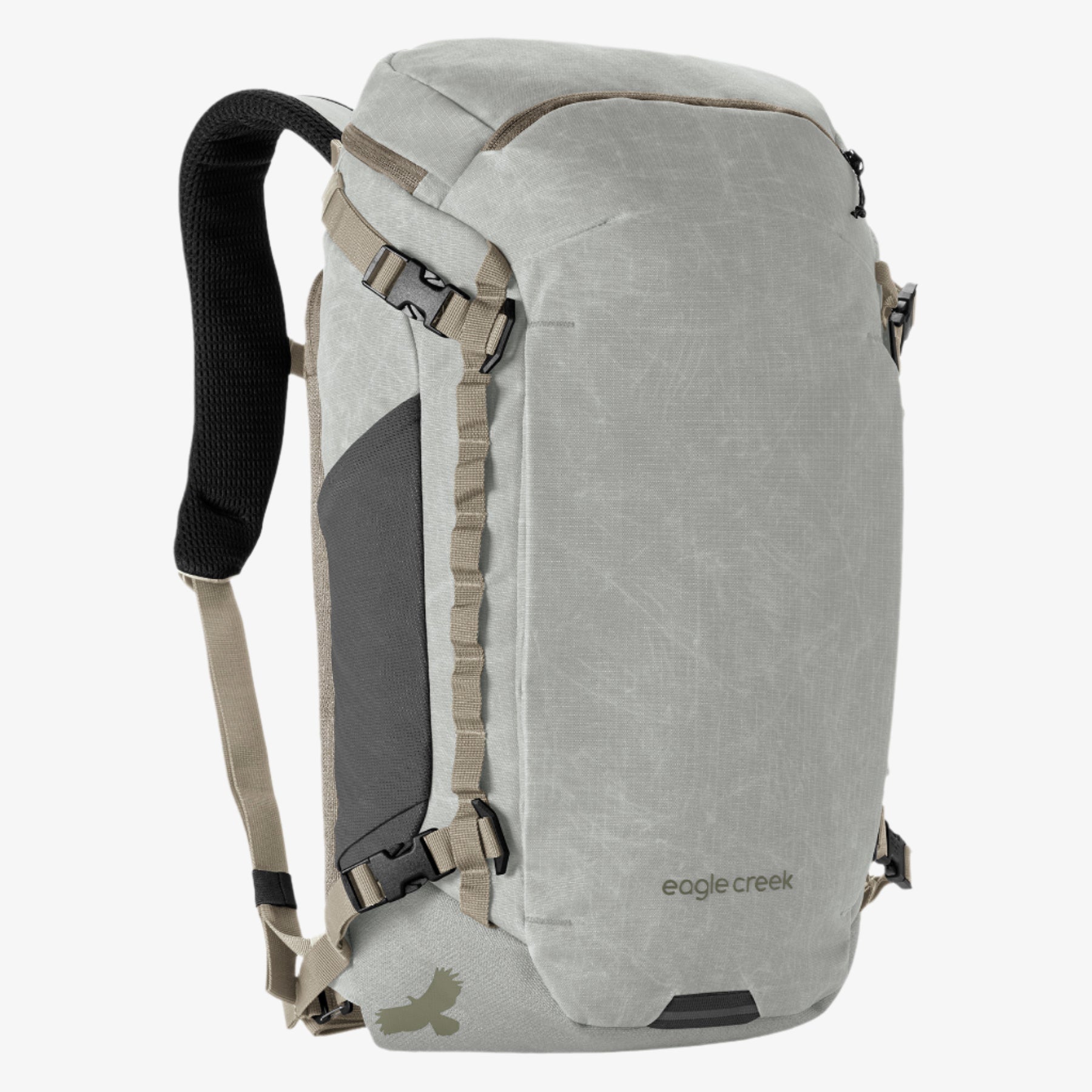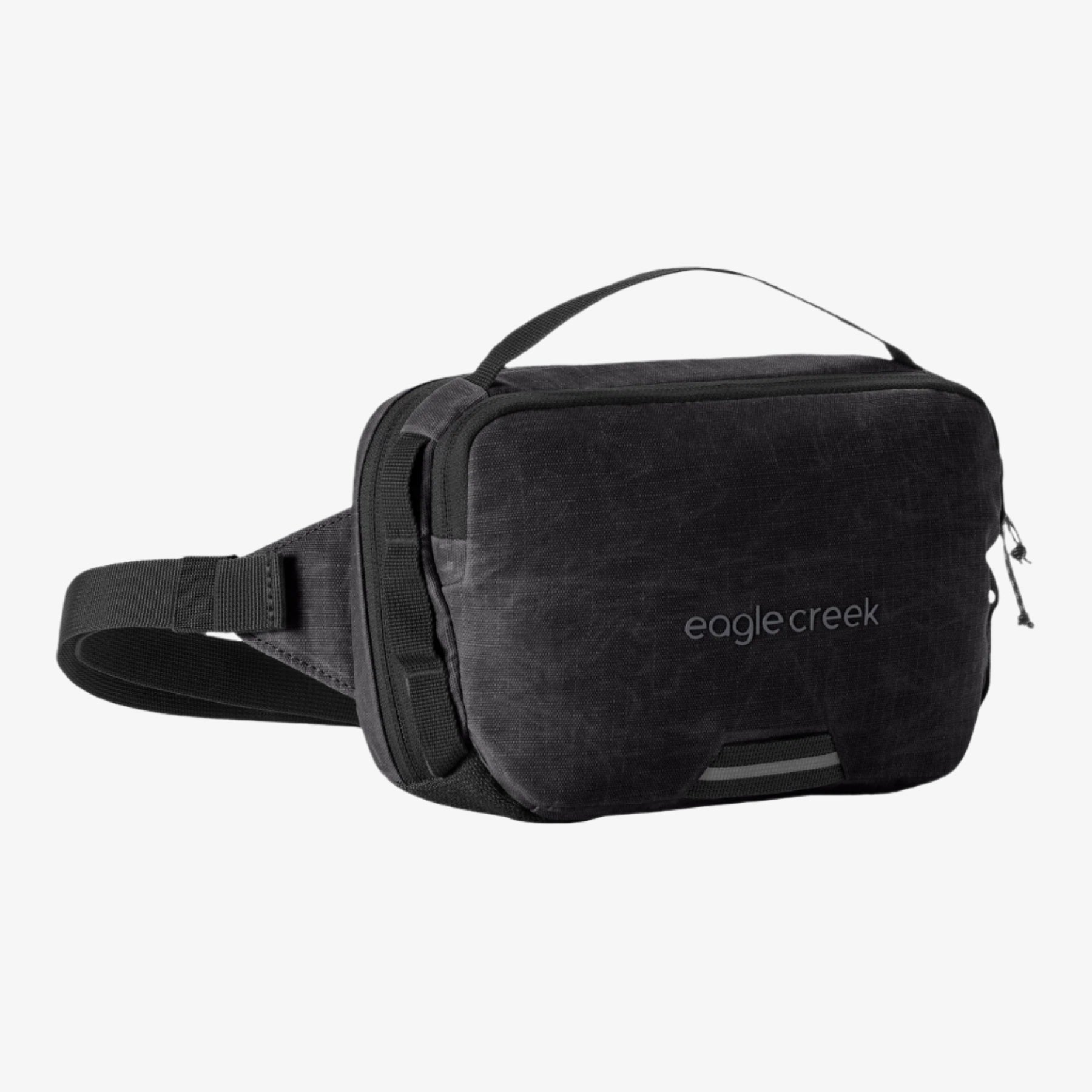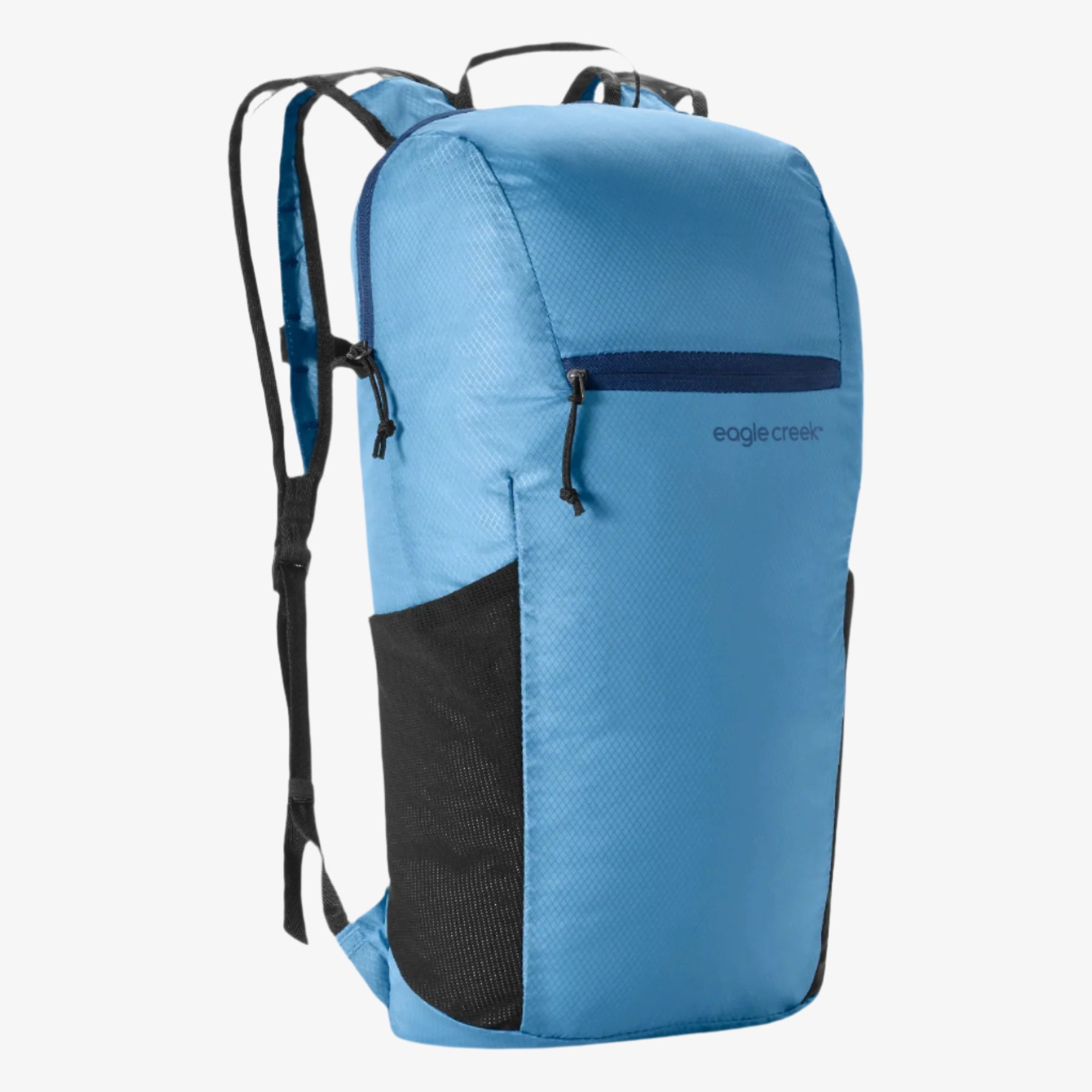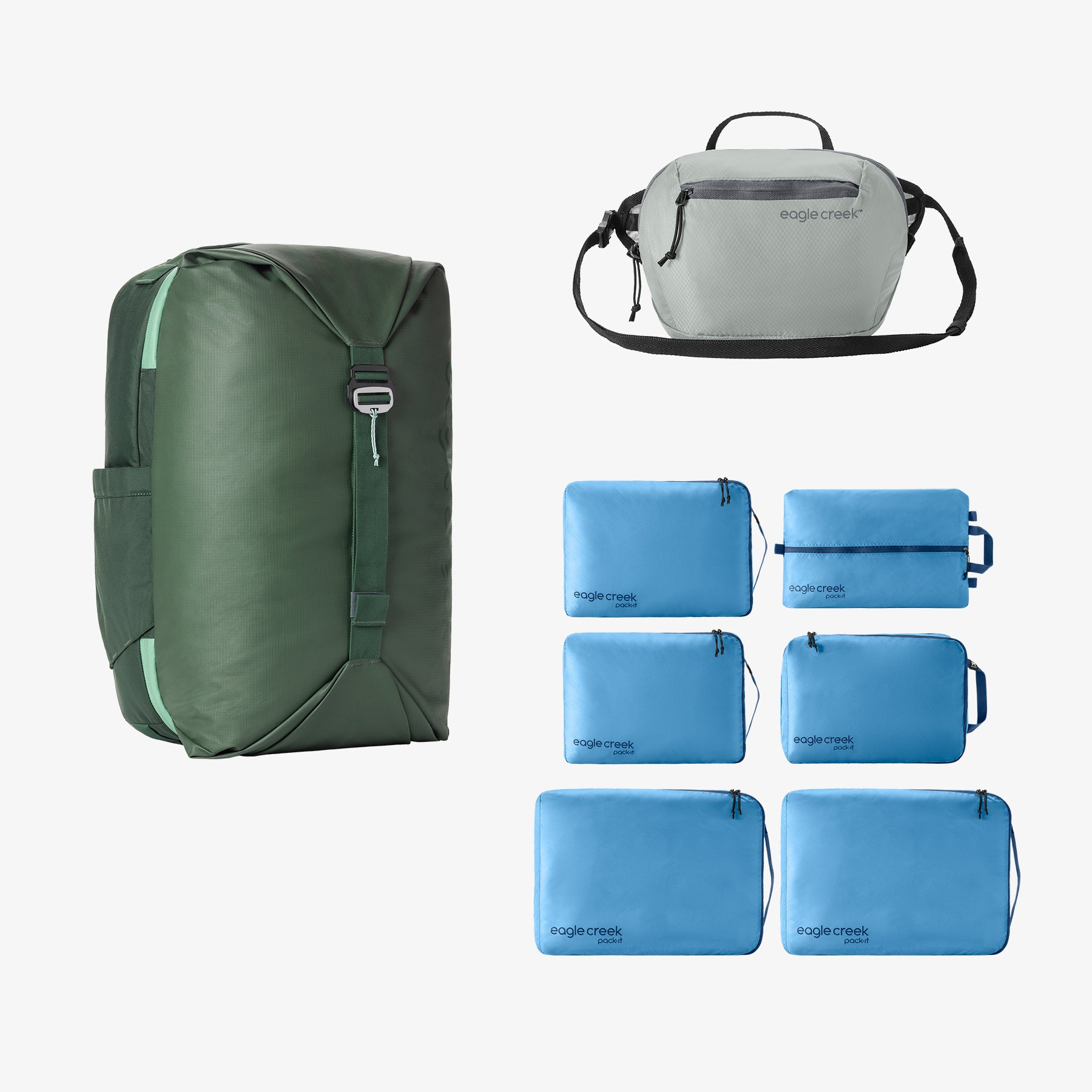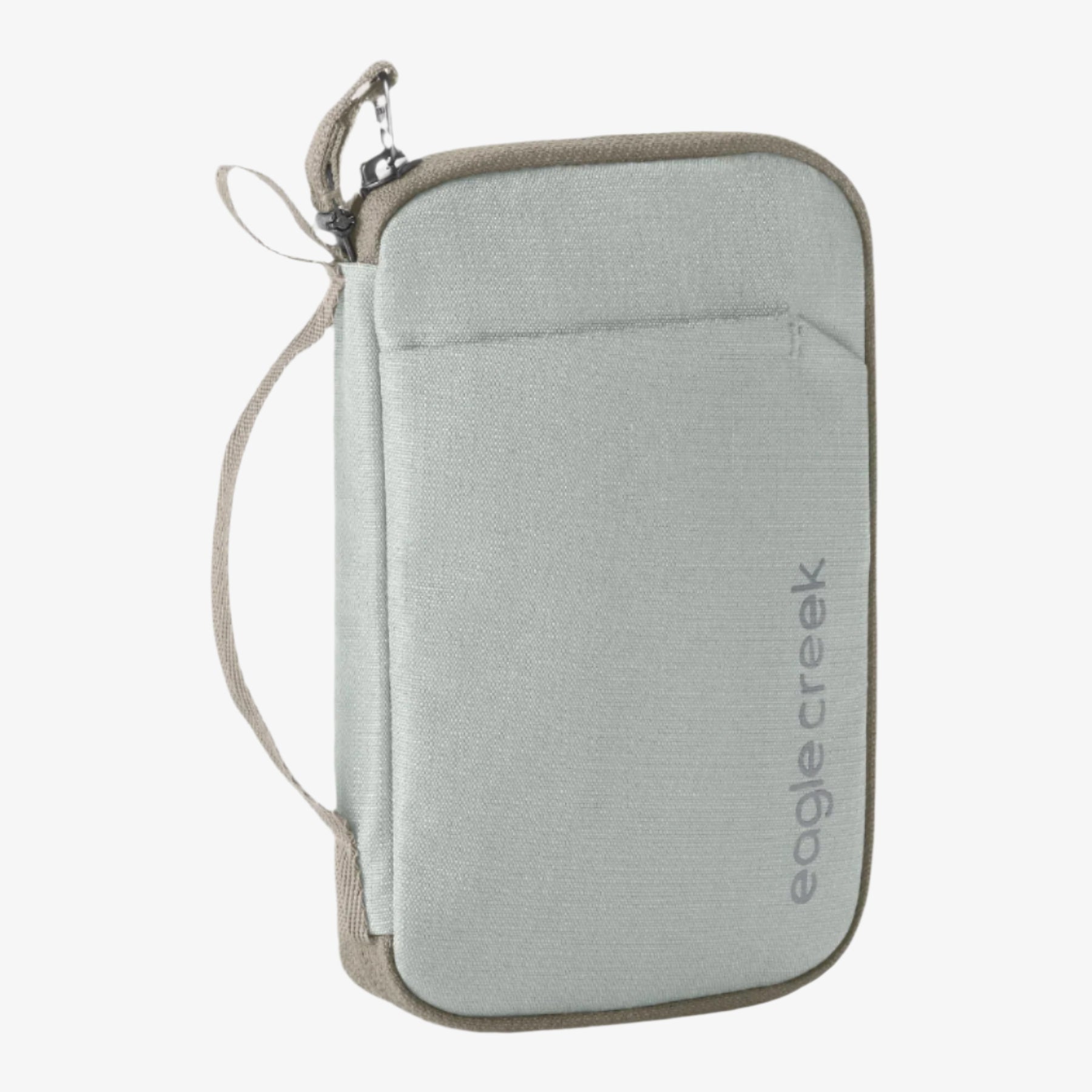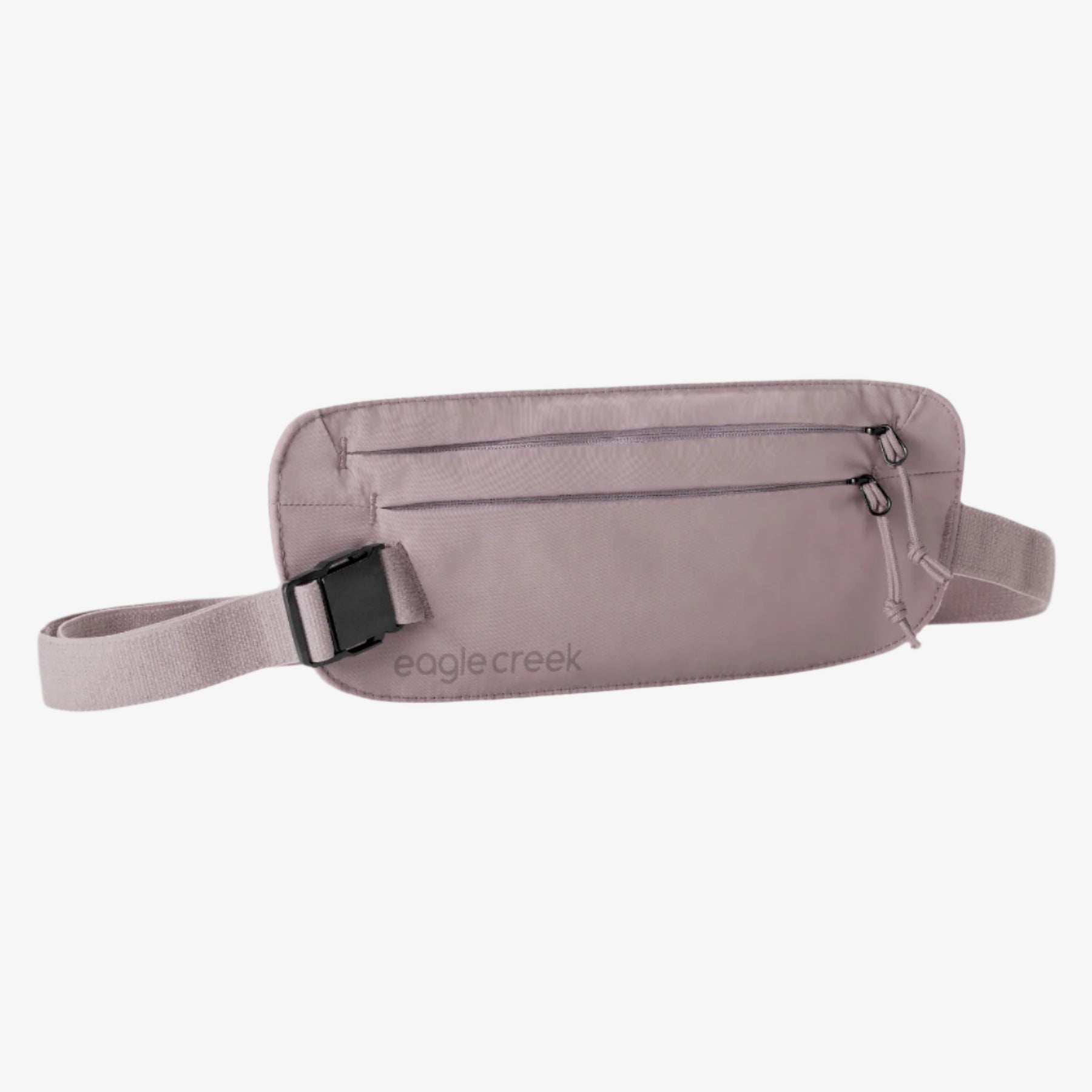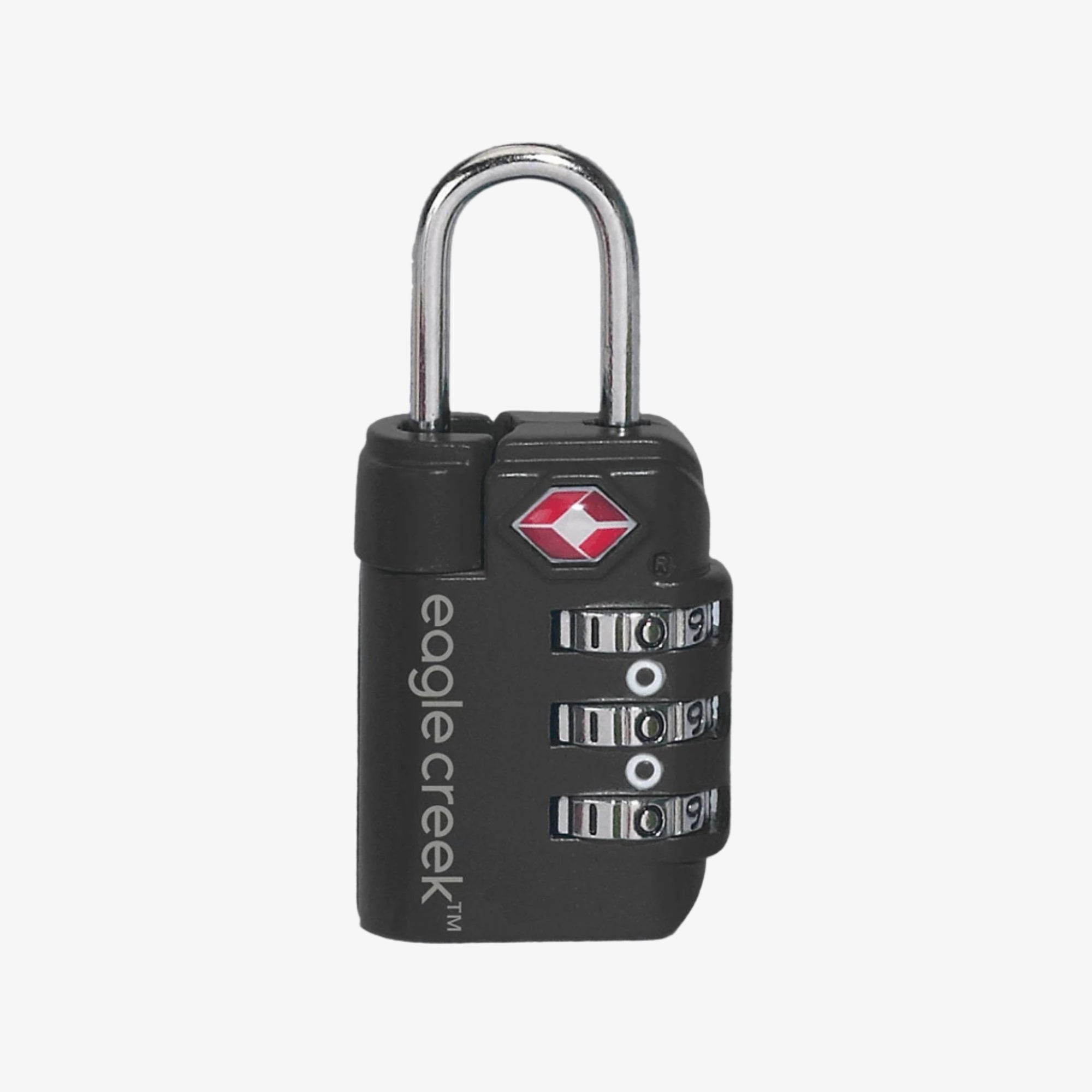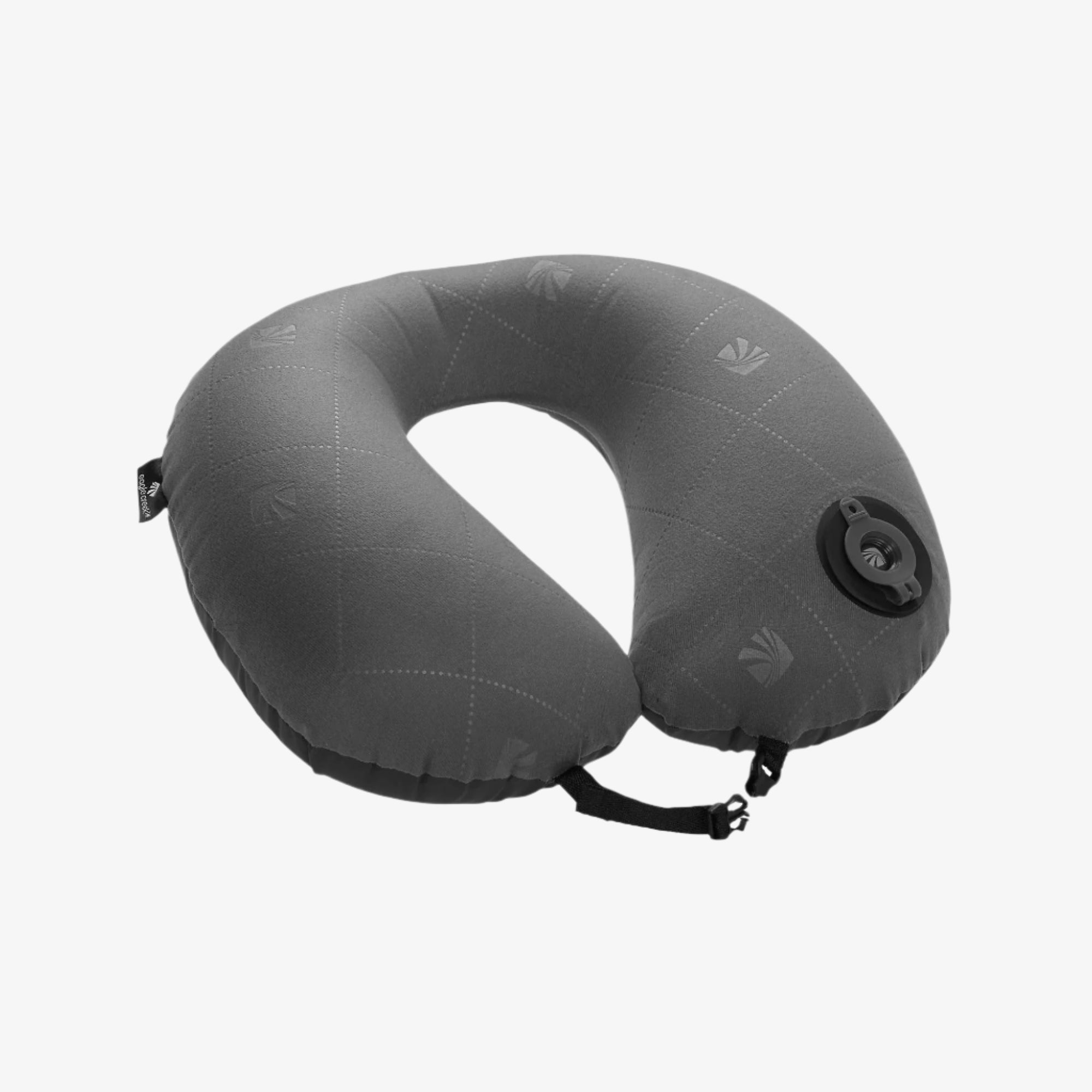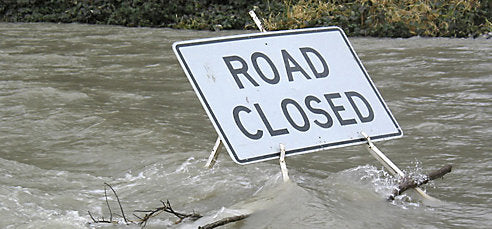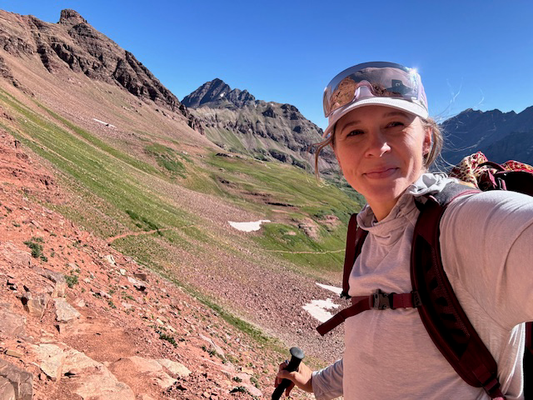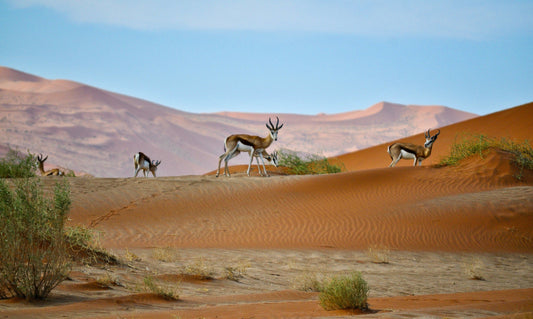Outdoor Survival Guide: How to Escape a Flash Flood

Flash floods can strike without warning, especially in desert canyons and river valleys. Keep yourself safe by knowing how to react when unexpected flooding occurs.
Flash floods can strike without warning, leaving hikers and slot canyon explorers in serious danger. What steps can you take to get to safety if an unexpected storm leaves you facing potentially life-threatening conditions?
While floods can hit when you're hiking in a river valley, rappelling through a slot canyon, or even simply driving to a remote outdoor destination, you can minimize your risk by knowing how to prepare for the worst and how to escape when an assault of flood water begins.
Take precautionary measures
Before heading out, check the weather report, look at any flood warnings, and take them seriously. Be careful not to let your excitement compel you to take any chances.
Dr. Steven Kugath, an outdoor recreation professor at Brigham Young University—Idaho who has studied flash floods and canyoneering accidents for years, notes that when people travel a long way for a hike or canyon exploration, they often feel obligated to follow through with the activity—even if the weather isn't promising, which can lead to trouble.
The smart thing to do is to cancel the activity or move it to a safer location. “I like to go out there with a backup plan, a canyon or two that I know isn't going to be as susceptible to flooding if the weather looks like it's turning bad,” Dr. Kugath says.
Stay aware of weather conditions
Be cognizant of your surroundings while rappelling or hiking in a tight space. The sudden arrival of ominous clouds during a perfectly sunny day is one obvious sign of danger, but remember that it doesn't necessarily take a lot of rain to create a roaring flood in a canyon or valley.
Desert canyons are especially unpredictable because a storm happening miles away can send water rushing in your direction, so you may not encounter any visual signs of danger until it's too late. Always know where you are and where the nearest escape routes can be found in the event of sudden flooding.
Know what to do when flooding begins
What if, despite your precautionary actions, you find yourself stuck in a dangerous place when flooding begins? If you're in a valley, move to higher ground immediately, away from rivers and streams. If the situation is urgent, leave behind your possessions. No backpack or gear (as great as that equipment is) is worth your life. If you find yourself being carried away by powerful flood waters, fight your hardest to get to a tall tree, a street light, or anything sturdy that you can cling to until help arrives.
If you're inside a canyon, Dr. Kugath recommends finding a safe spot away from the flood zone. “Make as much effort as you can to find a high place, ideally where you can sit for some period of time, because it may take hours for the flood waters to recede,” he says.
Avoid walking through moving water because it doesn't take much to create a strong current. In a dire situation where you can't immediately get to higher ground, you may be able to tuck yourself behind a corner or jutting piece of the canyon wall. Dr. Kugath notes that one man successfully did that during a fatal flood in Arizona's Antelope Canyon in the '90s.
Learn how to deal with flash floods while driving
Every year, hundreds of motorists die due to drowning inside their vehicles, according to statistics gathered by the National Highway Traffic Safety Administration. If you get caught in a flood while traveling to your destination, don't try to drive through several feet of water. Get out and get to safety. If the car starts to become submerged, experts advise exiting out a window, and then moving onto the roof and looking for higher ground or a sturdy object to hold.
No one wants to contemplate the thought of being caught in a flash flood, but having the outdoor survival skills to escape a flood can help prevent a tragic outcome in an emergency situation. Be sure to keep these tips in mind the next time you head out for an outdoor adventure.
While Eagle Creek is here to provide tips and insights on travel, we cannot accept any responsibility for any potential consequences arising from the use of this information. Always conduct your own research and use your best judgment.
Scott Shetler is a freelance journalist and frequent traveler who enjoys national parks, offbeat destinations, urban adventures, and everything in between. He blogs about his travels at http://quirkytravelguy.com.
Related Posts
Essential Winter Survival Skills You Need to Learn Now
10 Top Survival Skills Every Traveler Should Learn


